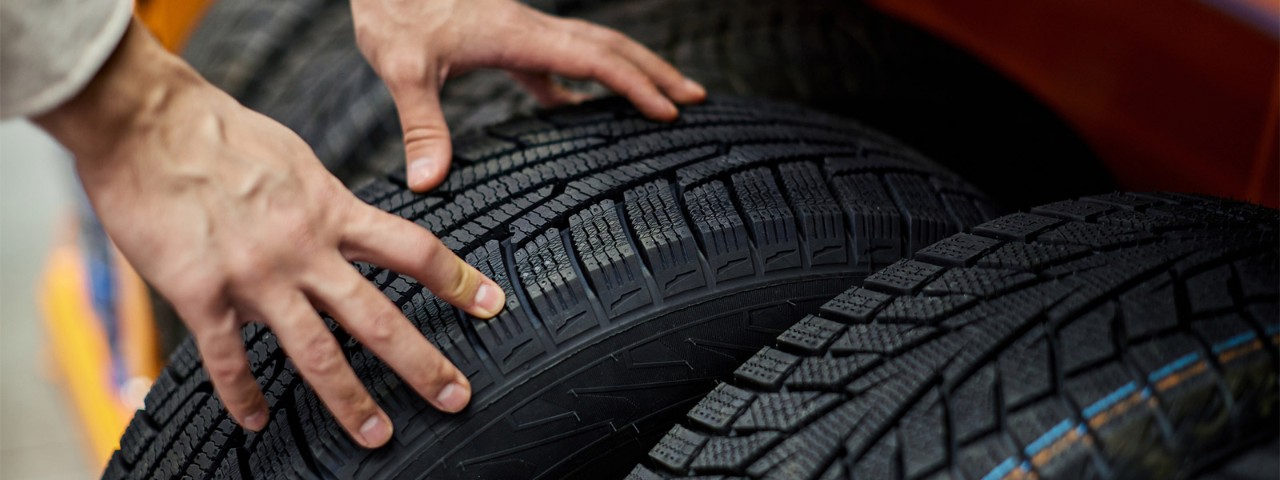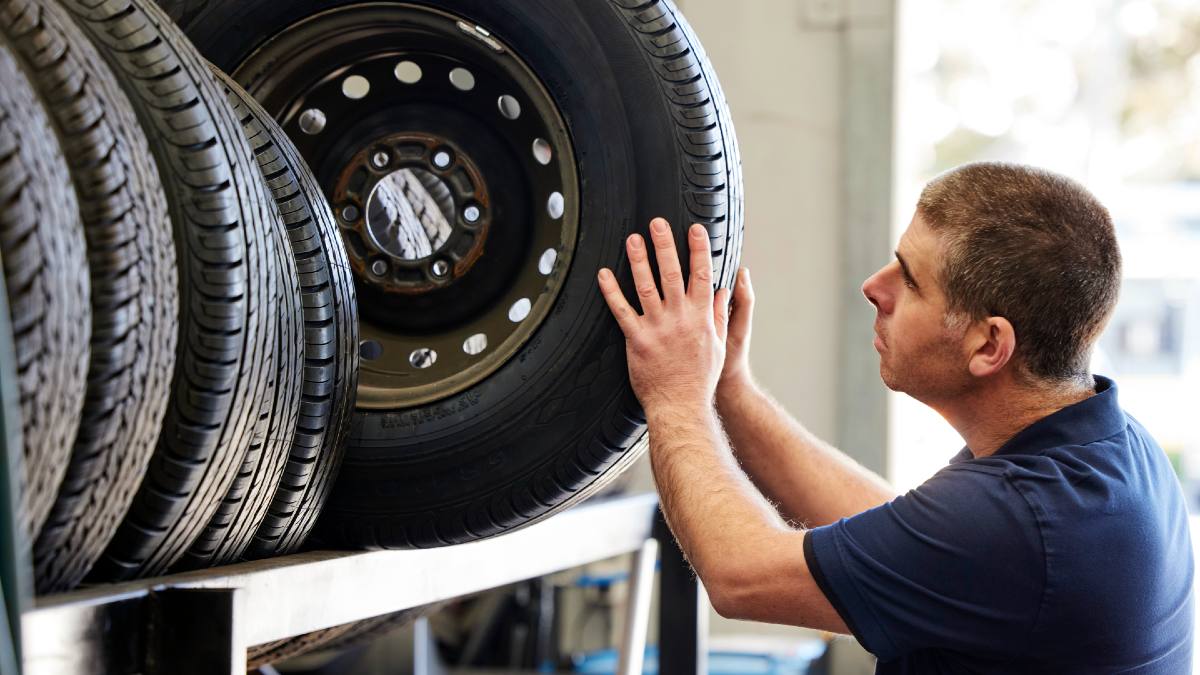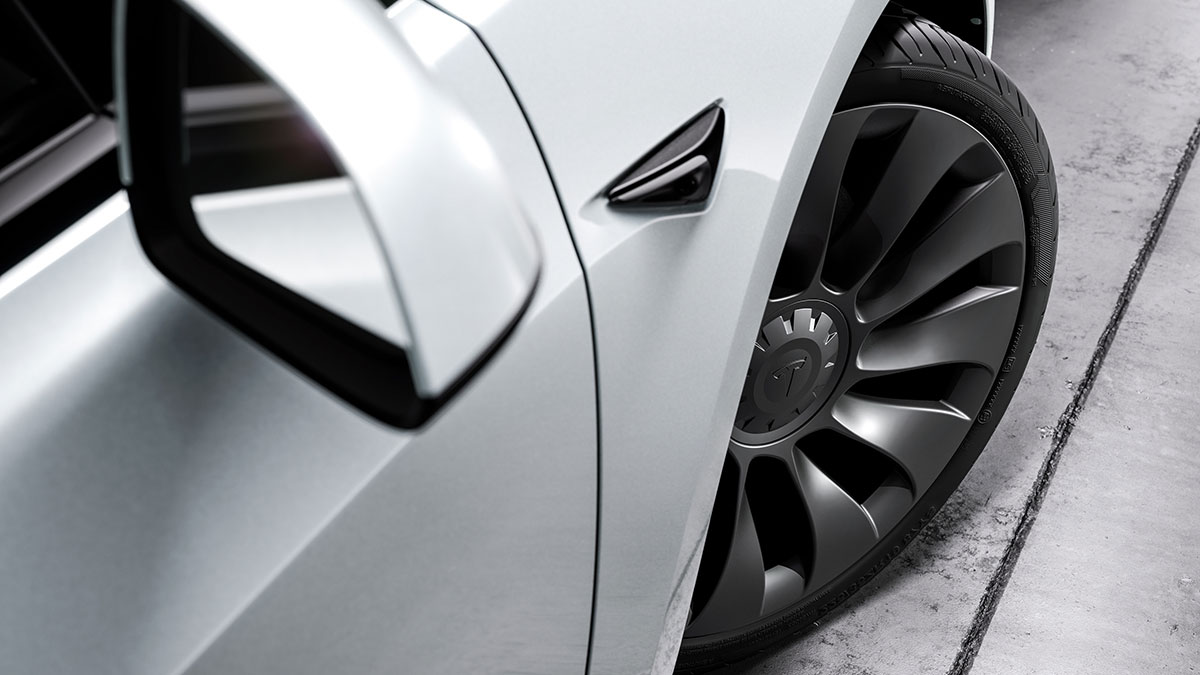What PSI should your car tyres be? Understanding the ideal tyre pressure and amount of air to put into your tyres is fundamental to performance and safety.
How to buy the best tyres for your car: a guide to size, type, cost and care

When it comes to shopping for new tyres, it's important to consider tyre performance as well as the up-front cost. Here's what you need to know about buying the best set of tyres for your car and budget.
If you can afford to stretch that little bit further when it comes buying a new set of tyres, then chances are you are going to save money – and potentially more - in the long run.
“Tyres are critical to the performance of your car,” says RACV Digital Motoring Editor Andrea Matthews.
“While tyres may look the same, they certainly don't perform the same. There are many differences in rubber and silica content, steel belt tension and positioning, mechanical tread patterns, and tyre chemistry."
Are more expensive tyres worth it?
Premium tyres can last longer
If you pay more for a tyre but it takes longer to wear down, then it's possible to save money while being safe on the road.
"When it comes to tyres, it's true that you get what you pay for," says Matthews. "If they are well looked after, you can get better mileage from premium tyres thanks to the materials used and development dollars spent by the big brands."
Higher-priced tyres can be more fuel efficient
Improved fuel efficiency is another way better tyres can save you money. Major brands have developed tyre technology that means they don’t generate as much resistance. Less effort from the powertrain to get the tyres rolling can save fuel consumption.
You can play a role here too by setting tyre pressures correctly. Too high or too low and your tyres might wear prematurely, as well as impact your fuel consumption.
More: Simple ways to reduce the cost of owning a car
More expensive tyres may offer more grip
There is a huge gap between the ability of different tyres to offer maximum grip when accelerating, stopping and cornering. This performance gap especially applies in wet conditions.
"You'll get the best handling from tyres that are developed for performance and road holding," says Matthews. "Inferior or poorly maintained tyres will not grip as well in the rain."
Premium tyres can increase vehicle comfort
While the focus for a vehicle’s ride comfort is often on the suspension tune of a car, the construction and size of a tyre is crucial too. The big tyre brands invest in developing new tyres that can better absorb road imperfections.
You can improve your vehicle’s ride comfort through the tyres you choose. While lower profile liquorice strap rubber can look better, the narrower, stiffer sidewall can negatively impact the vehicle's absorption capability. Low profile tyres can also be more susceptible to damage over potholes or bumps.
Expensive tyres may be quieter
Tyre construction also has an influence on the amount of road noise generated in the cabin. This is a particular issue in Australia with our coarse chip bitumen roads.
Some vehicle manufacturers specify silent tuned tyres that incorporate foam linings on the inside of the rubber to reduce noise. They will be more expensive to replace, but if you replace with a cheaper set, you are likely to notice the difference in ride quality.

Tyres might all look the same to the untrained eye, but there's a lot of research that goes into their manufacture.
Tyres for electric vehicles
Electric vehicles such as the Tesla Model 3, Tesla Model Y and BYD Atto 3 are becoming increasingly popular, and it’s worth knowing that specific tyres are now available for them.
Compared to an equivalent petrol or diesel vehicle, electric cars are usually heavier and quieter with more torque. These characteristics place a seemingly contradictory combination of demands on a tyre – it must have high grip, low rolling resistance, be extra-quiet and comfortable too.
As a result, tyres created specifically for electric vehicles should be used in preference to orthodox rubber developed for internal combustion engine (ICE) vehicles.
More: The best tyres for electric cars (and what makes EV tyres different)
Making the choice between different tyres and brands
So, having considered all the benefits of premium tyres and decided you’re willing to spend a little more the next time round, how do you decide which tyre brand to choose?
Matthews says the tyre brands you’ve heard of are a good place to start your research, but admits it gets more nuanced than that.
"I don't know that many drivers enjoy shelling out for tyres, but they are a necessary part of good vehicle maintenance, so plan ahead," says Matthews. "Speak to your mechanic at your next service to understand when your tyres are likely to need replacing and buy the best tyres you can afford.
"If you have a long-standing relationship with a workshop, they'll understand how you use your car and will make a recommendation on what tyre will suit you best.
"The difference between a premium set and a mid-range set of tyres may not be as much as you expect. Build tyre replacement into your budget and it won't come as quite such a shock when it's time to choose new rubber."

Electric vehicles need specific tyres to cope with the different demands of the heavier, quieter cars.


